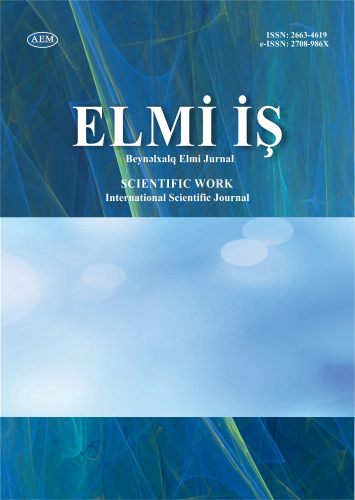https://doi.org/10.36719/2663-4619/111/169-173
Gumru Balakhanova
Azerbaijan State Pedagogical University
PhD in Biology
https://orcid.org/0000-0002-1709-1442
19_bq_91@mail.ru
Gultakin Arabova
Azerbaijan State Pedagogical University
https://orcid.org/0000-0002-2019-3298
arabovagula@gmail.com
Annotation of Fungal Species and Analysis of Their Ecological
Impacts on Ecosystems
Abstract
This article investigates the ecology of fungal species recorded in the soils of Baku city and their trophic specialization. The purpose of the study is to determine the diversity, ecology, and ecological functions of fungal populations living in different soil types. The research explores how fungal species interact with their habitat and how their trophic (feeding) specialization is formed.
Based on the findings, the distribution of fungal species and their role in ecosystems are primarily influenced by soil pH, humidity levels, temperature, and other abiotic factors. Moreover, fungal species interact within various ecosystems, forming different trophic groups: saprophytes, mycorrhizal fungi, and other species involved in food chains. The interactions of these species with plants, animals, and other microorganisms play a crucial role in maintaining soil health and ensuring biodiversity.
One of the main findings of this study is the adaptation of fungal species' trophic specializations to soil conditions and their ability to perform different functions in various environmental settings, thus impacting the preservation of soil health and biological diversity. This research contributes new insights into fungal ecology and provides valuable input for the development of new approaches aimed at ensuring ecosystem sustainability and environmental protection.
Keywords: fungi, trophic specialization, soil types, biodiversity, mycorrhizal fungi, saprophytes, ecosystem, soil conditions, abiotic factors, ecological functions

